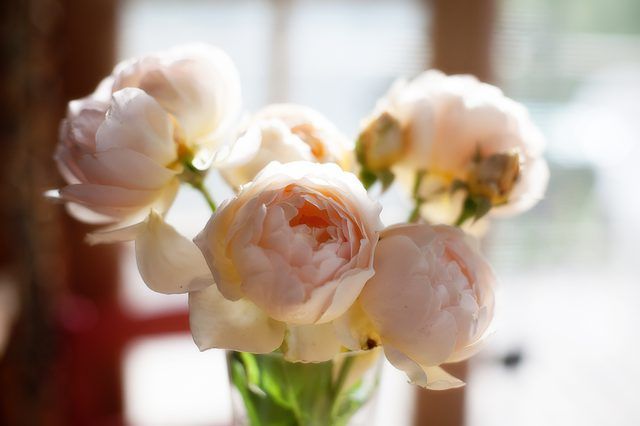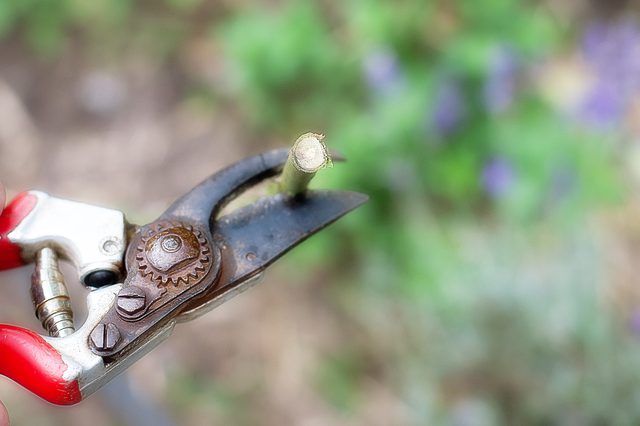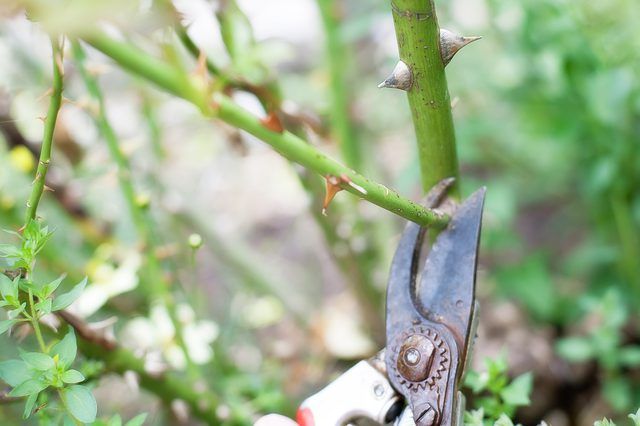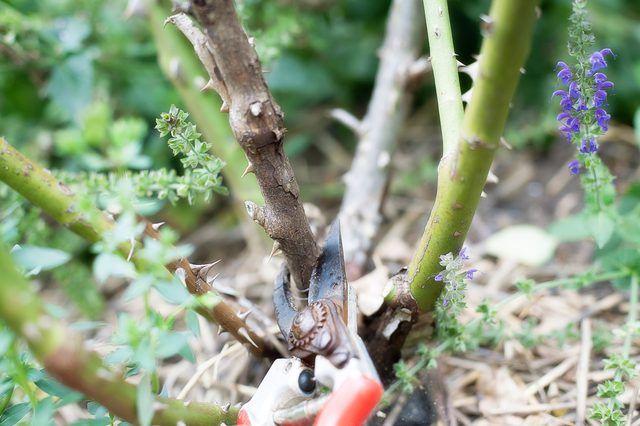Bulbs
Flower Basics
Flower Beds & Specialty Gardens
Flower Garden
Garden Furniture
Garden Gnomes
Garden Seeds
Garden Sheds
Garden Statues
Garden Tools & Supplies
Gardening Basics
Green & Organic
Groundcovers & Vines
Growing Annuals
Growing Basil
Growing Beans
Growing Berries
Growing Blueberries
Growing Cactus
Growing Corn
Growing Cotton
Growing Edibles
Growing Flowers
Growing Garlic
Growing Grapes
Growing Grass
Growing Herbs
Growing Jasmine
Growing Mint
Growing Mushrooms
Orchids
Growing Peanuts
Growing Perennials
Growing Plants
Growing Rosemary
Growing Roses
Growing Strawberries
Growing Sunflowers
Growing Thyme
Growing Tomatoes
Growing Tulips
Growing Vegetables
Herb Basics
Herb Garden
Indoor Growing
Landscaping Basics
Landscaping Patios
Landscaping Plants
Landscaping Shrubs
Landscaping Trees
Landscaping Walks & Pathways
Lawn Basics
Lawn Maintenance
Lawn Mowers
Lawn Ornaments
Lawn Planting
Lawn Tools
Outdoor Growing
Overall Landscape Planning
Pests, Weeds & Problems
Plant Basics
Rock Garden
Rose Garden
Shrubs
Soil
Specialty Gardens
Trees
Vegetable Garden
Yard Maintenance
How to Trim Rose Bushes
How to Trim Rose Bushes. Roses (Rosa spp.) are hardy in U.S. Department of Agriculture plant hardiness zones 4 through 9, depending on the variety. Varieties include climbing or rambling, bush, hybrid and miniature. Some roses bloom on canes produced the previous year and others on the current year's growth. Pruning at the wrong time can lead to...
Roses (Rosa spp.) are hardy in U.S. Department of Agriculture plant hardiness zones 4 through 9, depending on the variety. Varieties include climbing or rambling, bush, hybrid and miniature. Some roses bloom on canes produced the previous year and others on the current year's growth. Pruning at the wrong time can lead to poor blossom production or make the plants susceptible to pests diseases and weather damage. Hard-prune hybrid, bush and miniature roses in spring just before they produce leaves, and hard-prune climbing roses right after their blooms fade in summer. About one-third of a rose bush remains after a hard prune. Trimming instead of hard-pruning, however, removes only enough growth to shape the bushes and to encourage new blooms. Trim all kinds of roses throughout the growing season for size control, additional flowering or to remove faded blooms and damaged branches.

Things You'll Need
Protective eye wear
Heavy garden gloves
Pruning shears
Loppers
Step 1
Remove rose bushes' dead canes any time you notice them. Cut back each dead portion of a cane to the green part of the cane, using pruning shears. Check whether or not the pith -- the center of the cane -- is white. If the pith is brown, prune back the cane to its part that has a white pith.

Step 2
Cut away branches that are smaller in diameter than a pencil throughout the growing season. Make each cut at a 45-degree angle away from an outward-facing stem bud.

Step 3
Trim back stems that cross each other or may grow into each other when you notice the problem. Cut such a stem back to the main cane, leaving about 1/4 inch of the stem remaining. Use loppers or pruning shears.

Step 4
Cut the stem of each spent flower just below the first set of a five-leaf leaflet. Cut just below a seven-leaf leaflet if you want to reduce a rose bush's height. Removing spent flowers is called deadheading.

Step 5
Remove two or three center, old canes at the base of a crowded or overgrown rose bush by using loppers. This technique opens the bush's center, providing it better air circulation during the growing season.
